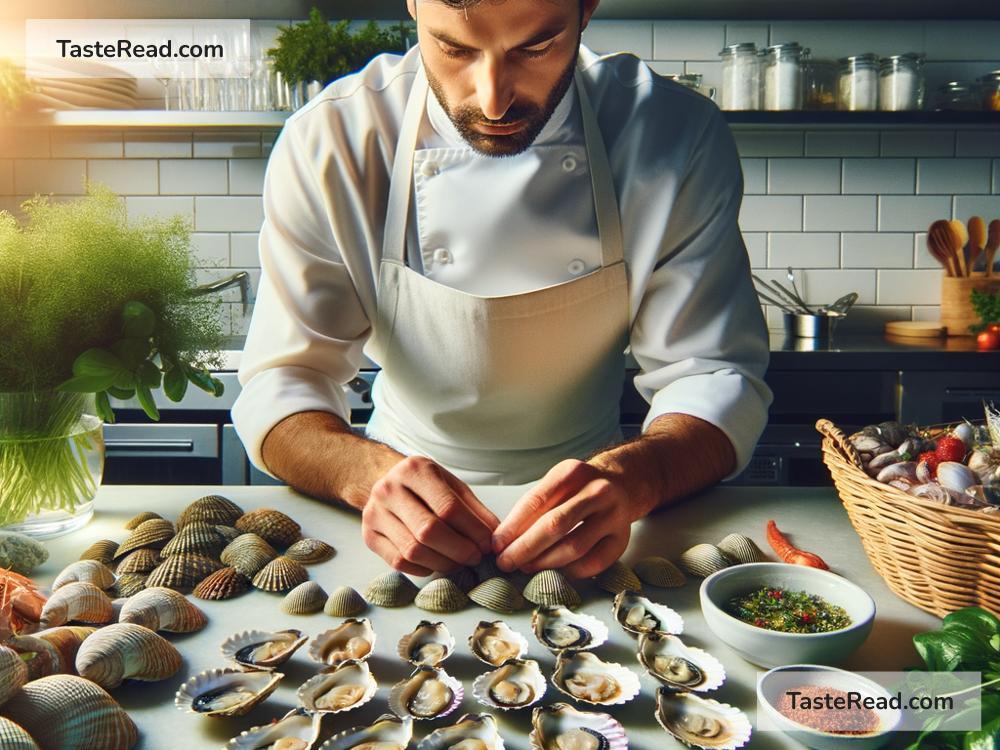How to Properly Handle and Cook Shellfish: A Simple Guide
Shellfish, with their delicate flavors and textures, are a favorite for many food enthusiasts. Whether you’re indulging in shrimp, clams, mussels, or oysters, these sea treasures can turn a simple meal into a luxurious feast. However, handling and cooking shellfish can be a bit intimidating for first-timers and even some seasoned cooks. Fret not! Here’s your simple guide to properly handle and cook shellfish, ensuring they’re both safe and delicious.
Understanding Shellfish
Shellfish can be broadly categorized into two types: crustaceans and mollusks. Crustaceans include creatures like shrimp, crabs, and lobsters. Mollusks are divided into bivalves (clams, oysters, mussels) and cephalopods (squid, octopuses). Each type requires specific handling and cooking methods, but there are general practices that apply to all.
Handling Shellfish
1. Purchase Fresh: Freshness is crucial when it comes to shellfish. Buy from reputable sources. Shellfish should smell like the ocean, not fishy. For bivalves, their shells should be closed or close when tapped.
2. Store Properly: Once home, remove the shellfish from plastic bags so they can breathe. Store them in the coolest part of your fridge, usually the bottom shelf. Bivalves should be placed in a bowl covered with a damp cloth. Crustaceans can be stored in an open container with a wet paper towel on top.
3. Clean Thoroughly: Before cooking, shellfish need to be cleaned. For bivalves, scrub the shells under cold running water and remove any beards or barnacles. Shrimp should be deveined, and crabs or lobsters need to be brushed to remove any dirt from their shells.
Cooking Shellfish
Cooking shellfish might seem daunting, but it’s simpler than it appears. Here are some basic techniques for a few popular types.
Shrimp:
– Boiling: Bring a pot of salted water to boil, add the shrimp, and cook until they turn pink and opaque, usually 2-3 minutes. Immediate cool them in ice water to stop the cooking process.
– Sautéing: Heat a bit of oil in a pan over medium heat, add cleaned shrimp, cook for 1-2 minutes on each side or until pink and opaque.
Clams and Mussels:
– The best way to cook these is by steaming. Place them in a pot with a little water, wine, or broth, cover, and cook over high heat. They’re done when the shells have opened, typically in 5-10 minutes. Discard any that remain closed.
Oysters:
– Raw: Serve them fresh on the half shell with a squeeze of lemon or a dash of hot sauce. Make sure they’ve been properly cleaned.
– Grilled: Place the whole oysters on a preheated grill, flat side up. Cook until the shells pop open, then remove the top shell and return them to the grill for another minute.
Lobster:
– Boiling: Boil a large pot of salted water, add the lobster headfirst, and start timing once the water returns to a boil. Generally, it takes about 10 minutes per pound.
– Grilling: Split the lobster down the middle, clean the inside, brush with butter or oil, and place on a preheated grill. Cook for about 8-10 minutes.
Important Tips
- Never undercook: Shellfish need to be fully cooked to avoid foodborne illness. They’re done when opaque and firm.
- Don’t overcook: Overcooking can make shellfish tough and rubbery. Keep an eye on them and remove them from heat as soon as they’re done.
- Season simply: The natural taste of shellfish is delightful. Often, a bit of lemon, garlic, or butter is all you need.
- Safety first: Always check for any allergic reactions and ensure fresh, proper storage and thorough cooking to avoid health risks.
Conclusion
Cooking shellfish doesn’t have to be a challenging task. With the right handling and simple cooking methods, you can easily prepare these ocean gems in your kitchen. The freshness of the ingredients is key, so always start with the best quality shellfish you can find. Whether you’re steaming mussels for a quick dinner, grilling oysters for a backyard shindig, or boiling lobster for a special occasion, now you know how to do it right. Bon appétit!


